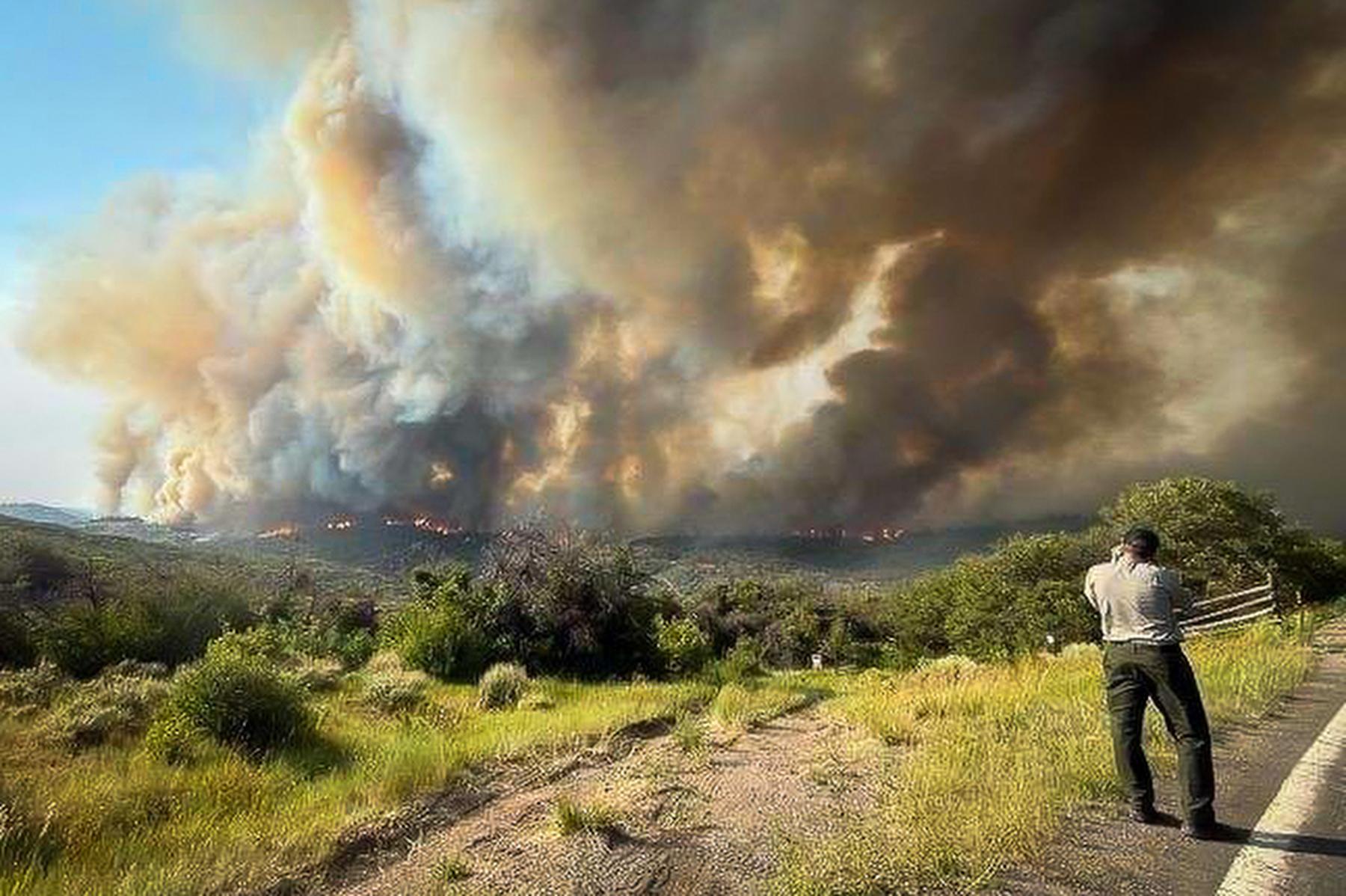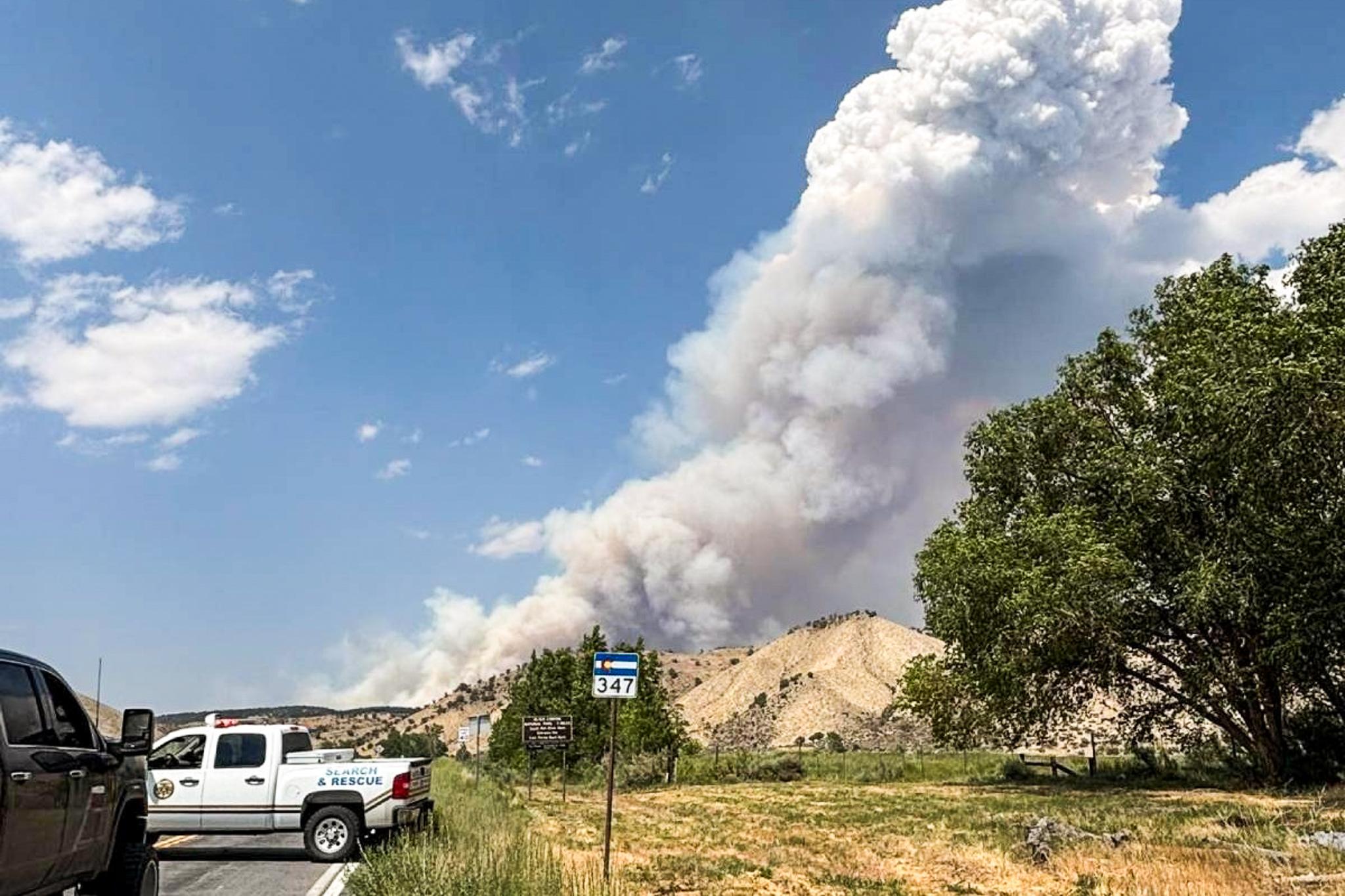
Aaron Jacquez, 11, and his family started coming to the Fresh Harvest Food Pantry in Lone Tree about three years ago. The pantry is tucked away in a newish strip mall—home to the high-end Park Meadows Mall and other retail shops.
“We needed groceries and we needed food and money,” recalls Aaron about the family’s first visit to the pantry.
When Aaron was younger, he and his brother Joshua and mom Cecilia Zamudio were homeless. Zamudio, who’s a single mother, said she couldn’t find a job that paid enough for her to afford rent and child care. Eventually, they moved in with Zamudio’s brother and followed him--and his construction jobs--around the country.
Three years ago, they landed in Highlands Ranch. Aaron and Joshua go to Bear Canon Elementary school where, Zamudio says, most kids have a lot more than they do.
“It’s hard sometimes when they have projects,” says Zamudio. “Nowadays [teachers] want you to do everything on a computer. We don’t have a computer.”
So her sons go to the library to use the computers there. Zamudio makes about $200 a month babysitting to supplement what her brother makes. She says she’s lucky she and her boys ended up in Douglas County where the schools have money. It’s a reason many have flocked to this county in recent years.
Non-profits face bigger need
Although the child poverty rate in Douglas County is low at 4.4 percent, it's nearly double what it was in 2007. In response, social service agencies are stepping up their game in a place associated more with wealth than need.
While Douglas County is wealthy as a whole, there are still pockets of poverty within it that rival urban and rural rates. This map, using 2012 American Community Survey data from the U.S. Census Bureau, shows the child poverty rate in Douglas County. About 4,000 children in the county live in poverty.
Poverty is a growing phenomenon in many suburbs across the country and in Colorado. Since 2000, the number of poor people in the suburbs of Denver and Aurora has doubled. People who work with poor families in Douglas County say that, while it may not be intentional, residents don’t always recognize the need.
"You know you drive to downtown Castle Rock and it’s quaint and it’s lovely and it’s clean,” says Suzanne Greene, the retiring executive director of the Douglas-Elbert task force which helps struggling families in Douglas County and neighboring Elbert County. “If you drive through Walmart’s parking lot at night and you see the cars parked along the perimeter of the parking lot. Those are people that are sleeping in their cars."
Greene’s organization, located in downtown Castle Rock, serves about 1,200 families a month at their food bank. Since she started more than a decade ago, the number of families they serve has doubled.
The county government has also seen a jump in the need for services. Rand Clark runs Douglas County’s Community of Care Network, which started a pilot project in January to help about 30 struggling families get back on their feet.
 He says many local groups have had to increase their fundraising and their services, and he says part of the challenge is letting people know—some who are experiencing poverty for the first time—where to turn for help.
He says many local groups have had to increase their fundraising and their services, and he says part of the challenge is letting people know—some who are experiencing poverty for the first time—where to turn for help.
“When you are in a crisis and when you are spinning out of control, trying to take that first step, trying to figure out where that first place to call is just one more thing [to do],” says Clark.
Clark says it’s too early to tell whether the number of poor families will begin leveling out in the coming years.
The Fresh Harvest Food Pantry, where Aaron’s family started going a few years ago, has also seen a big jump in the number of clients who need food.
Jen Zander, who's run the pantry for more than two years, says they used to serve about 40 families. Now they serve 140. Zander says some of the clients have dealt with poverty for decades. Others have never been to a food bank before.
"It’s a hard thing to come in and ask for help,” Zander says. “We do our best to keep everyone leaving feeling dignified--that their pride is still intact when they leave.”
Paying back
Zamudio and her sons no longer use the food bank but they still come to volunteer. The place has become a community for them and they work alongside all kinds of families --some, like them, who are poor -- and others who live in the wealthy homes nearby.
But Zamudio hopes living here will help her kids escape the poverty she’s faced in her life.
"Maybe being here in such a wealthy area has shown them that you know it’s OK if you want to go to college. It’s OK to strive to be law enforcement, to be someone in life,” Zamudio says.
This story is part of CPR News' ongoing coverage of kids and poverty, how it affects their lives and the future. To share your thoughts about what should be done to address the issue, visit our Public Insight Network page.








